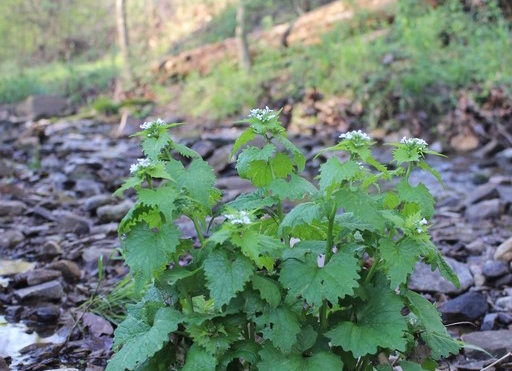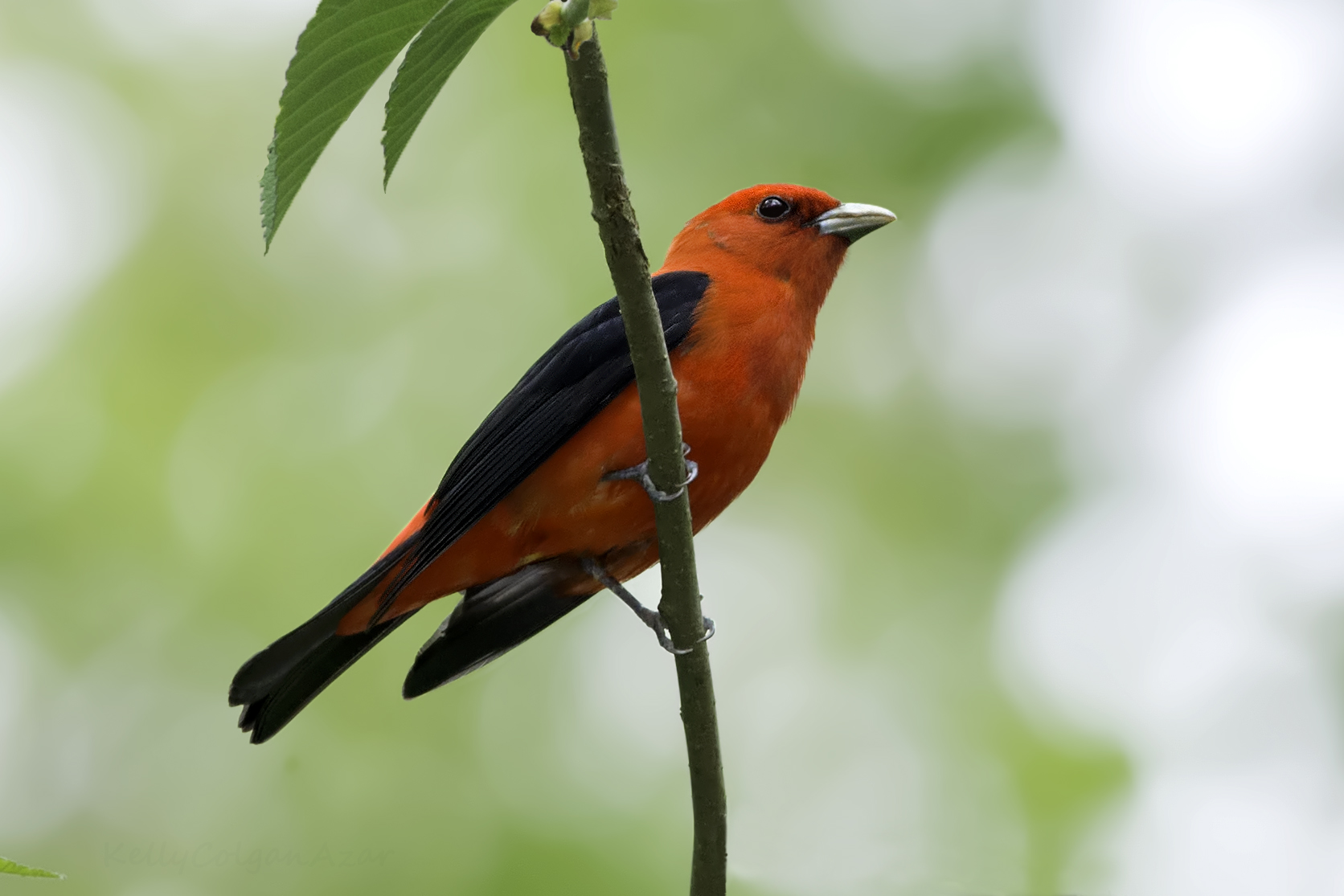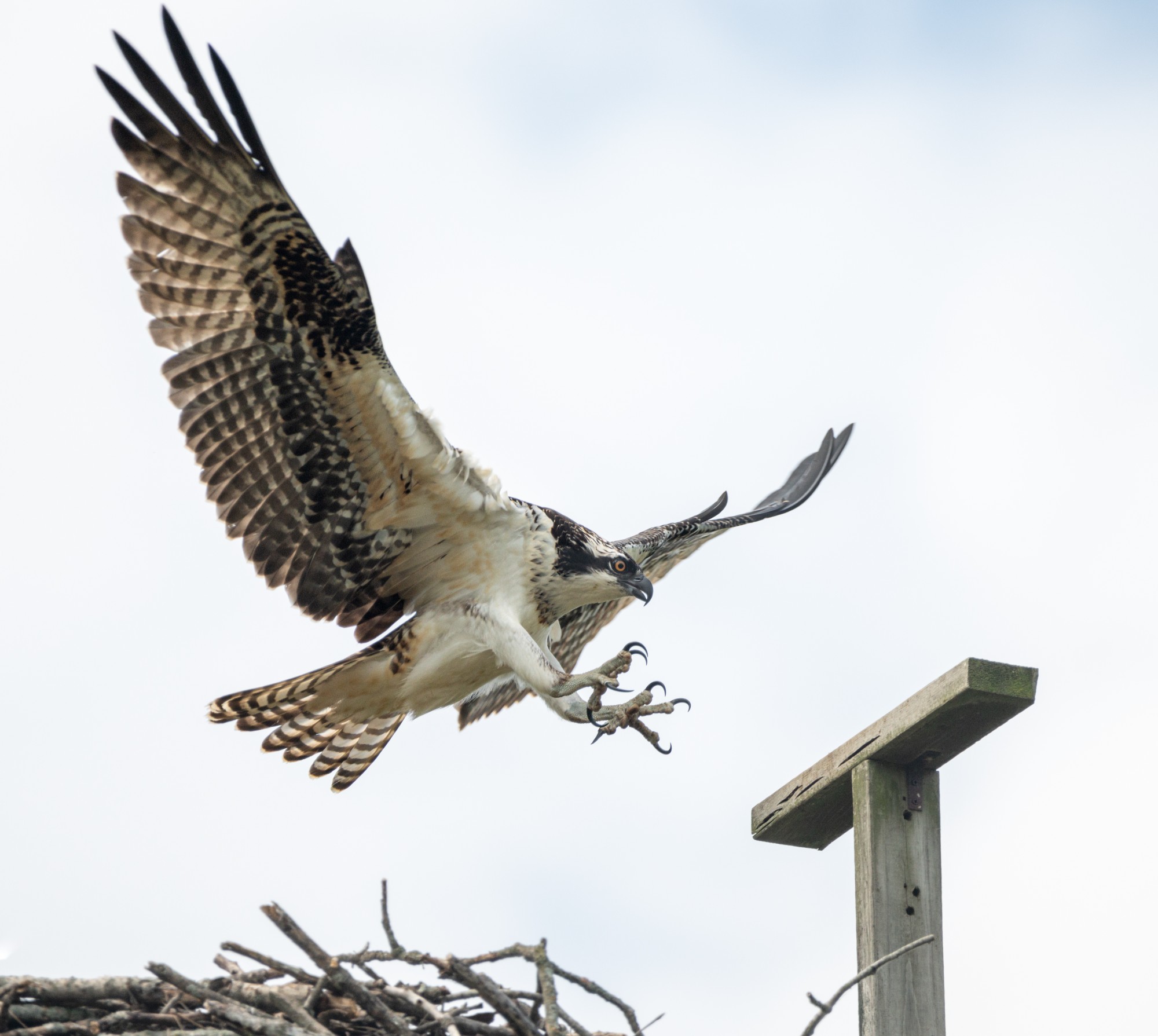Green shoots have emerged from the soil. Buds on the trees are swelling, ready to burst open. The joy of springtime is here. Spring beauty (Claytonia virginica) carpets the forest floor. In April and May, the rosy pink flowers of the Redbud tree (Cercis Canadensis) highlight Hoosier forests as well as our neighborhoods. Yet, Bush Honeysuckle (Lonicera sp.) and Garlic Mustard, (Allaria petiolate) both non-native invasive species have already leafed out, emerging much earlier than many native plants and filling in disturbed areas as well as healthy forest floors. Honeysuckle and Garlic Mustard are two very common examples of non-native invasive plants that wreak havoc in our natural areas as well as in our urban landscapes and gardens.
Last year, a CISMA established in Delaware County. CISMA stands for Cooperative Invasive Species Management Area. These organizations first became prevalent in the western U.S. but have since become widespread in the Midwest too. Currently, there are 31 CISMA organizations in 34 counties in Indiana. Our county’s cooperative is named the Delaware Invasive Plant Project.
Each CISMA organization across the state has the ability to set up and manage themselves in their own way, but all groups have the same ultimate agenda. That is to provide information, awareness, and education concerning the harm done by non-native invasive plants. Garlic Mustard has roots, which exude a chemical that inhibits other plants from growing. It can also choke out and shade out native plant species; and if that is not enough, each plant produces a prolific amount of seeds. Garlic Mustard is just one example of many non-native invasive plants that cause great harm to biodiversity and can therefore weaken the entire ecosystem.
Another main piece of the agenda for each CISMA is to promote and educate on the tremendous value of our native plants. They provide food, shelter and nesting sites for our native insects and birds. Pollinators thrive when native plants are present and thriving. Native plants are the baseline building blocks to a healthy habitat.
Red-tail Land Conservancy is implementing a new program this year called Growing Home. A key component of this program is utilizing native plants in our landscapes and managing yards and gardens sustainably so invasive species will not have the opportunity to grow.
The Invasive Species Council estimates that non-native weeds invade 1.7 million acres of wildlife habitat each year in the U.S. Removing non-native invasive plants is a necessary action goal. These invasive plants need pulled up, cut down and/or treated. Once the unwanted plants are removed other opportunities to plant and nurture native species can take place.
Delaware Invasive Plant Project and Red-tail Land Conservancy are hosting a “Weed Wrangle” at Dutro-Ernst Woods nature preserve located on W Kilgore Ave., Muncie on Saturday May 15 from 10am – 12 noon. The focus of this event will be pulling and eliminating Garlic Mustard. There will also be an educational component so those who attend will know how to identify and what to do if they see invasive plants on their property. Please join us in caring for this nature preserve. More information can be found at www.ForTheLand.org/Events.
Caring for our environment by nurturing healthy habitats in Delaware County and across Indiana is critically important. Native plants in our different habitats provide for a flourishing biodiversity, which is significant in the health of our earth.
Phil Clay is a member of Delaware Invasive Plant Project and an Indiana Master Naturalist.
Photo: Garlic Mustard




